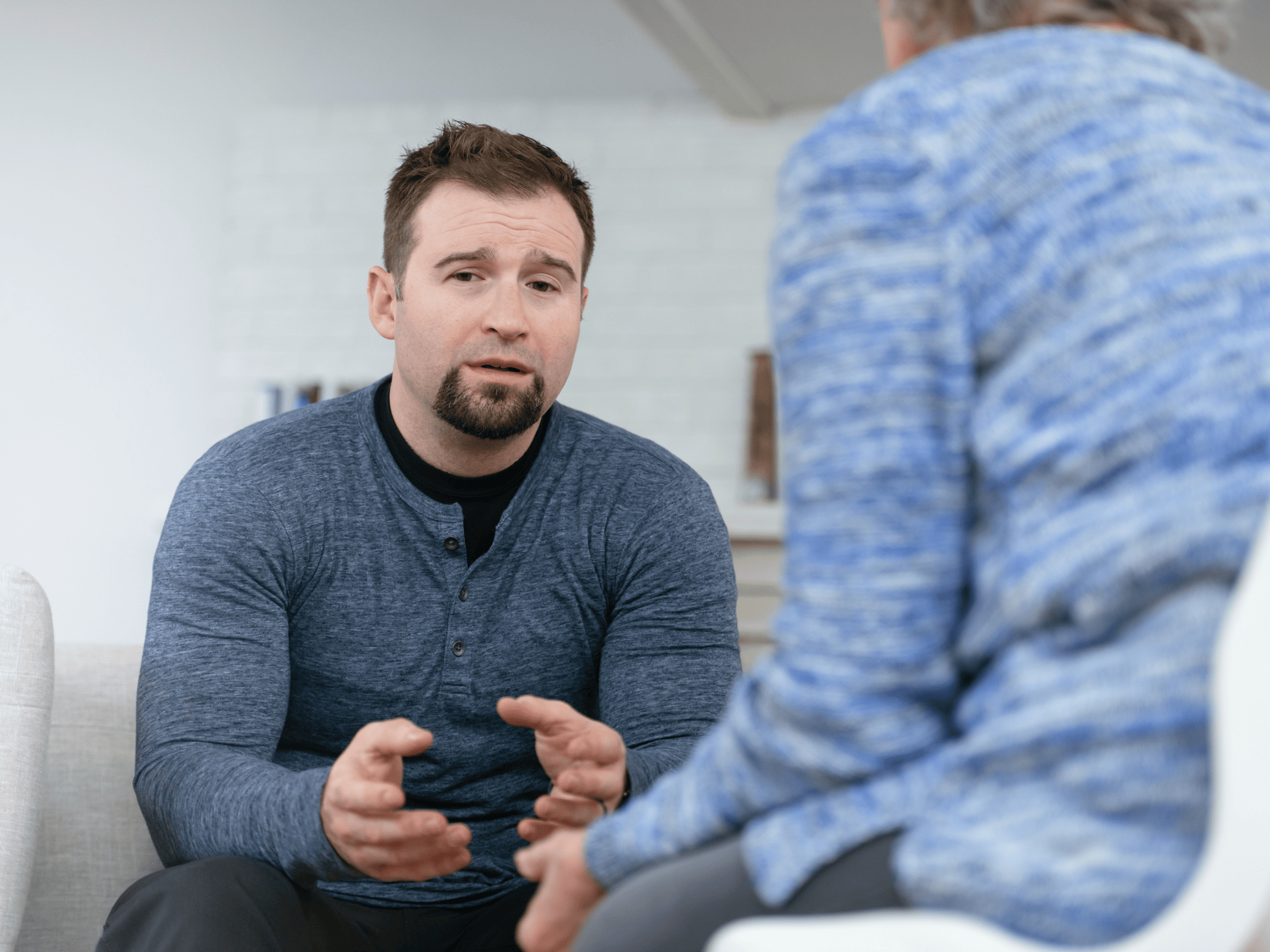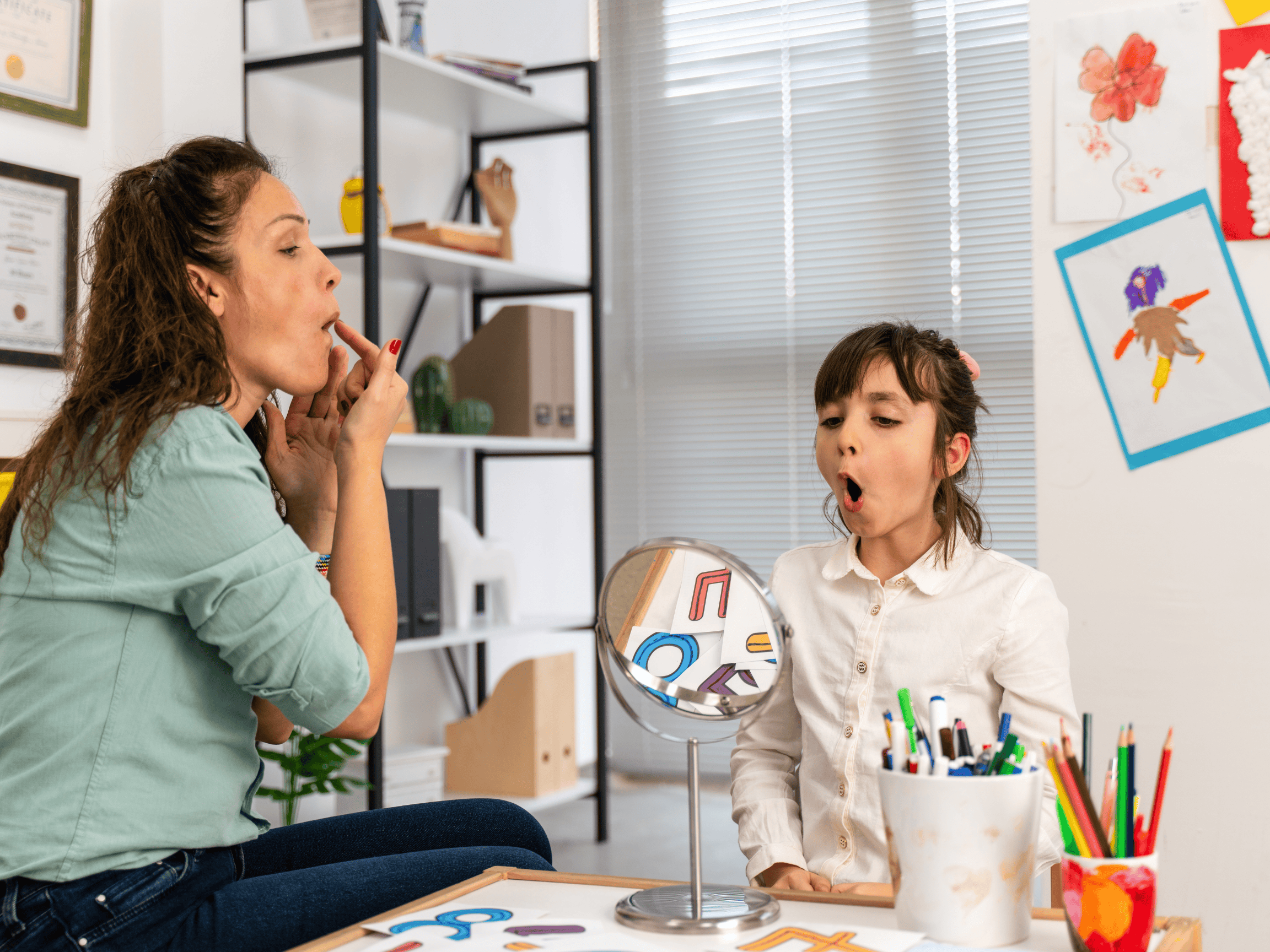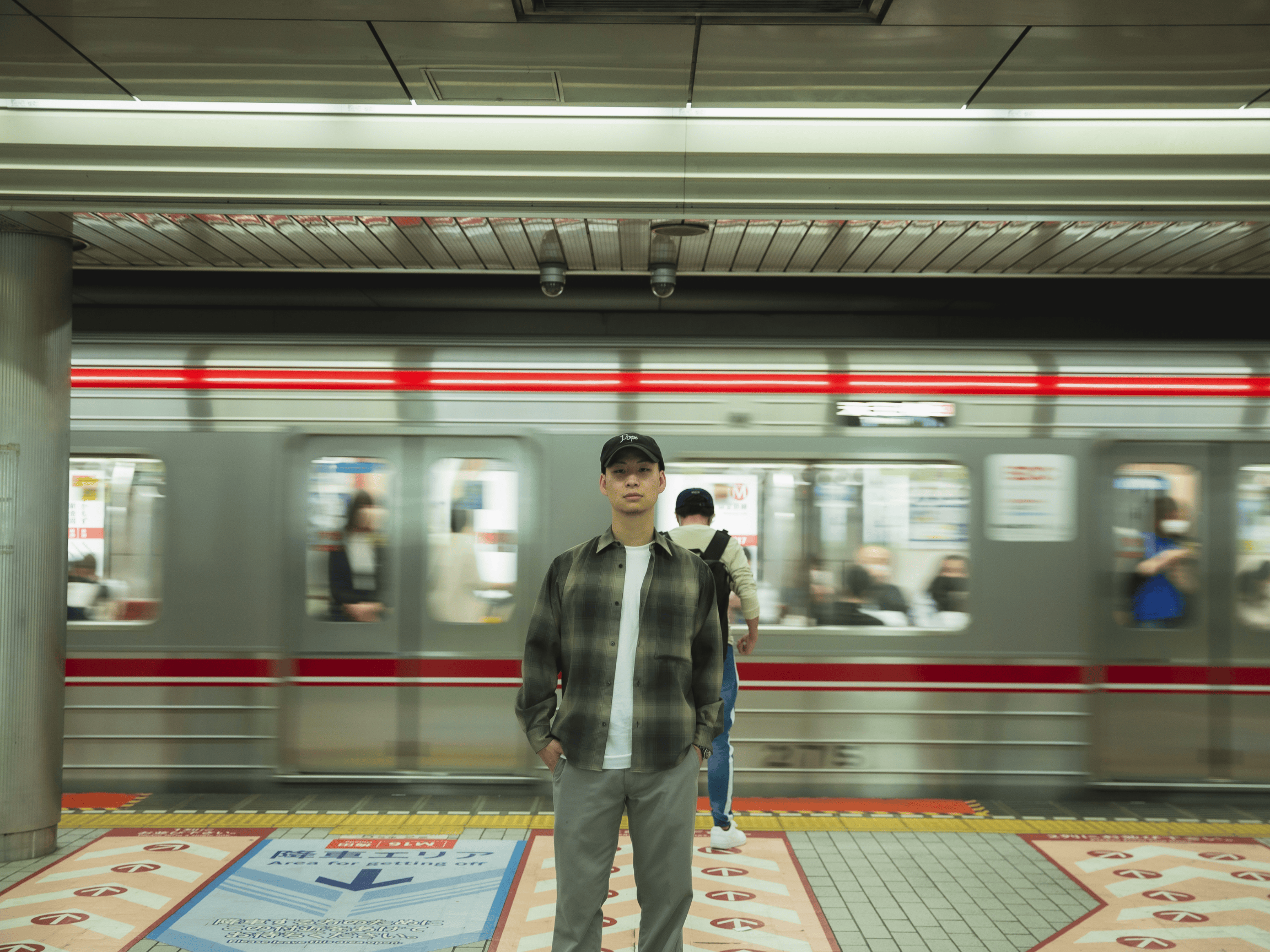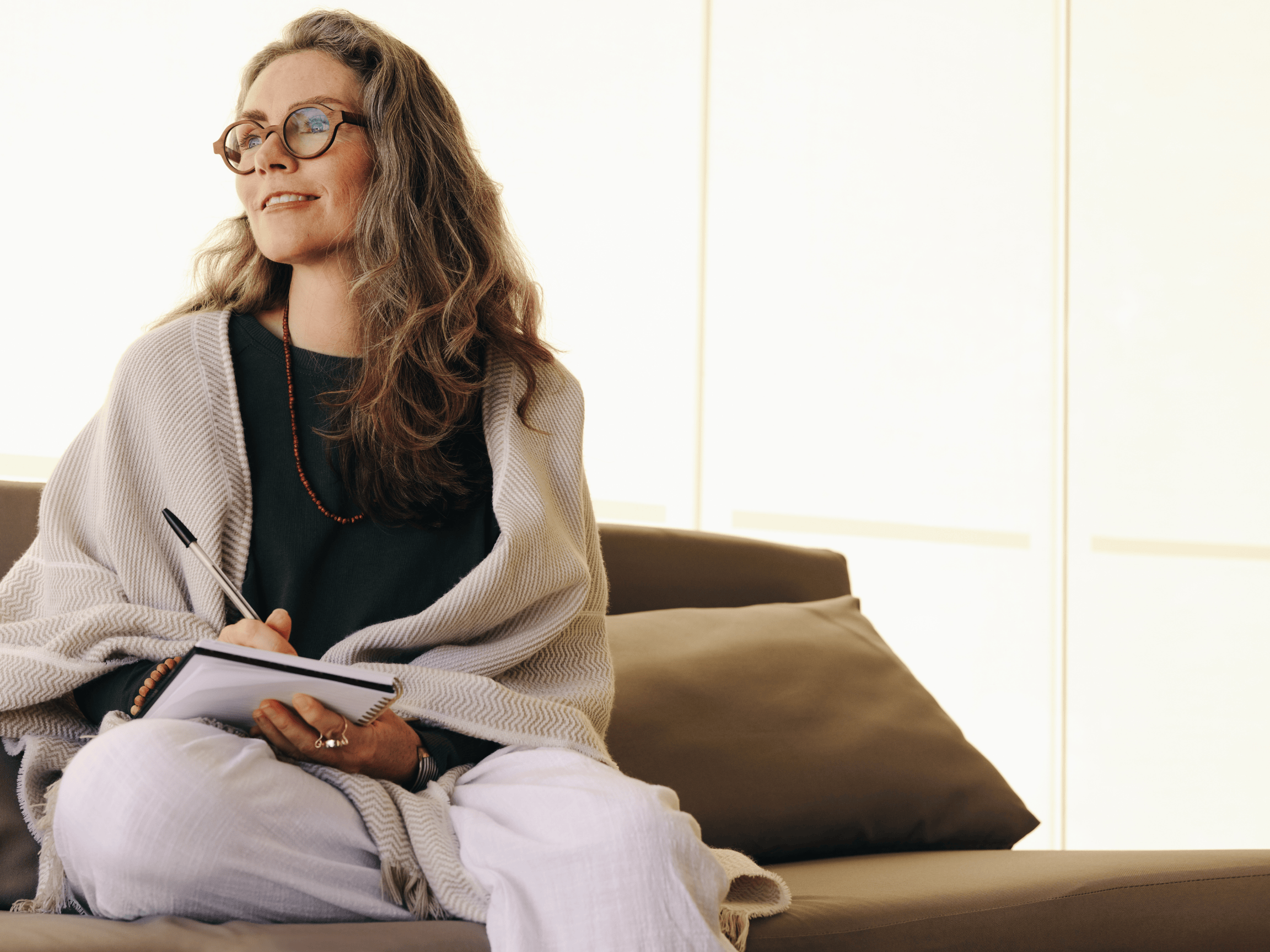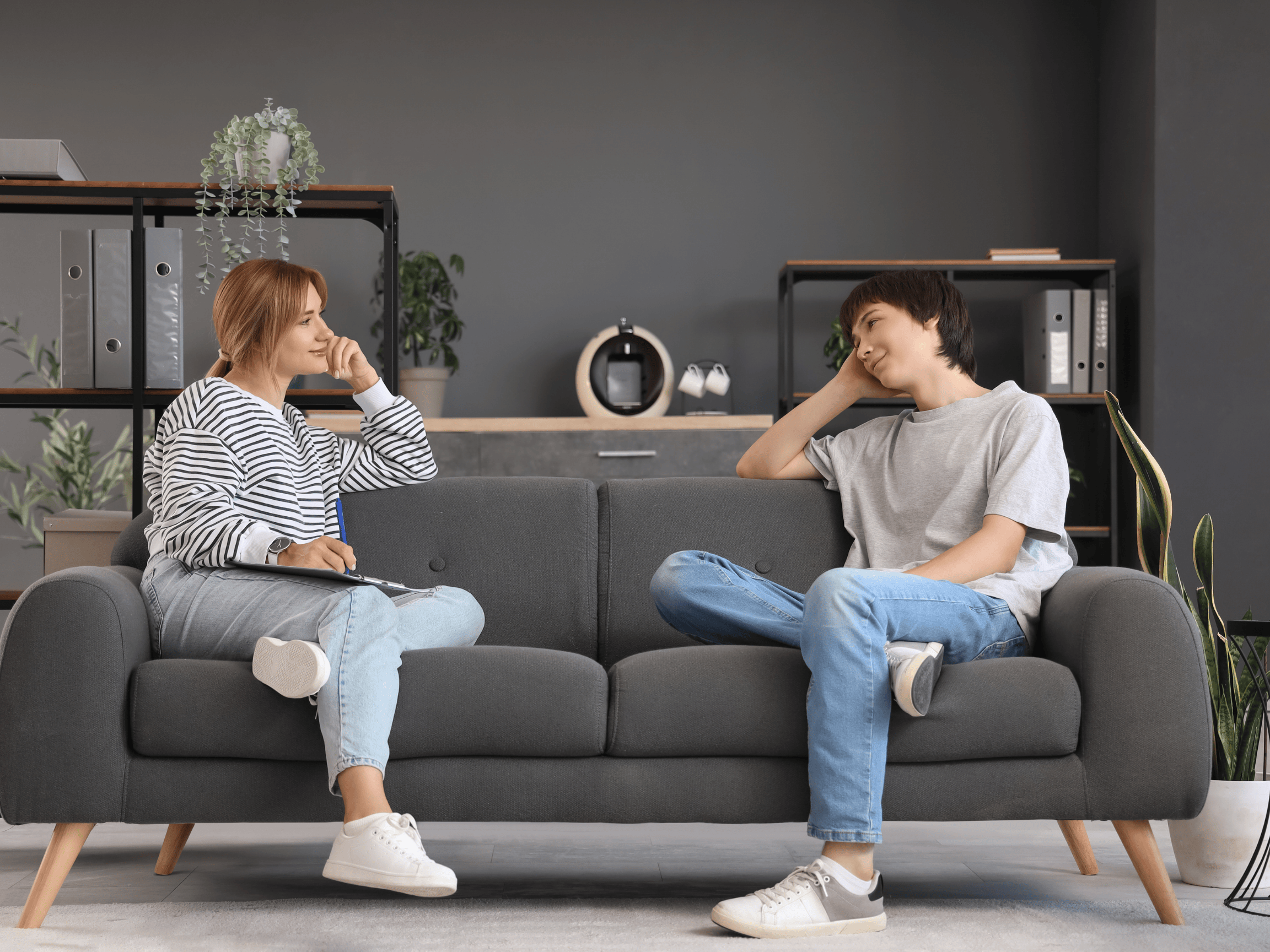Expressive Arts Therapy is a creative, integrative approach to healing that uses art, movement, music, writing, and other forms of creative expression to support emotional growth and self-discovery. Rather than focusing on one art form, it blends multiple modalities — for example, painting, dance, poetry, or drama — to help people explore feelings and experiences that can be difficult to express with words alone.
Rooted in humanistic and experiential psychology, expressive arts therapy is less about artistic skill and more about process. It offers clients a way to externalize what’s happening internally, giving shape and form to emotions, memories, or sensations that might otherwise stay hidden. In this space, creativity becomes a bridge between the conscious and unconscious — allowing healing to unfold through expression rather than analysis.
How Expressive Arts Therapy Works
Expressive arts therapy operates on the belief that creativity is inherently healing. When we create, we access deeper parts of ourselves that are intuitive and often less defended. The therapist guides clients through creative processes — such as painting how a feeling looks, moving in response to music, or writing a short piece of dialogue — encouraging reflection and awareness afterward.
Sessions may move fluidly between different art forms. For instance, a client might start by drawing an image, then write a poem about it, and finally enact the poem through movement. This integrative flow allows emotions to be explored from multiple perspectives, deepening insight and emotional release.
The focus is not on producing something “good” or “beautiful,” but on engaging authentically with the materials. Every mark, gesture, or sound holds meaning, helping the individual connect with their inner world in a non-verbal, embodied way.
Key Principles of Expressive Arts Therapy
1. Creativity as Healing
The act of creating itself — regardless of artistic ability — can reduce stress, enhance mood, and increase a sense of vitality. Creativity helps unlock expression, offering a sense of empowerment and possibility.
2. The Process Over the Product
Unlike art classes or performance, expressive arts therapy emphasizes the process. It’s about what emerges while creating — the sensations, emotions, and insights — rather than how the end result looks or sounds.
3. Integration of Modalities
Expressive arts therapy is inherently flexible. A single session might include drawing, storytelling, sound, or movement. This integration allows clients to discover which modes of expression feel most natural or illuminating for them.
4. Embodiment and Presence
Art-making brings the body into therapy in ways that traditional talk therapy may not. Movement, texture, rhythm, and sensory experiences deepen emotional awareness and help reconnect the mind and body.
5. Therapeutic Witnessing
The therapist acts as a supportive witness, offering reflection and curiosity rather than interpretation. This creates a safe, accepting environment where the client’s creativity and vulnerability are honoured.
What Expressive Arts Therapy Can Help With
Expressive arts therapy can be used with individuals, groups, couples, or families, and is beneficial across ages and identities. It can support those navigating:
- Trauma and post-traumatic stress
- Anxiety and depression
- Grief and loss
- Life transitions
- Identity exploration
- Emotional regulation
- Chronic pain or illness
Because it accesses non-verbal channels of experience, it’s especially helpful for people who struggle to articulate their feelings or who find traditional talk therapy limiting. Creative expression offers an alternative route to emotional clarity and healing.
The Therapist’s Role
An expressive arts therapist is both a facilitator and collaborator. They don’t interpret art like a symbol or test, but instead help clients explore their creations with curiosity: “What does this image mean to you?” or “What do you notice in your body as you look at it?”
Therapists may also introduce structured prompts or invitations, like creating a “safe place” image or using movement to explore tension and release. The goal is to foster self-awareness and self-compassion through creative discovery, not performance or perfection.
Why It Works
Expressive arts therapy engages both hemispheres of the brain — the logical and the intuitive — integrating thinking, feeling, and sensing. This integration helps people process emotions that are “stuck” or beyond words, transforming them through creation.
For trauma survivors, in particular, the arts can restore a sense of control, connection, and meaning. For others, it may simply open new pathways for joy, imagination, and self-expression.
Final Thoughts
In a world that often prizes logic and productivity, expressive arts therapy invites us to slow down, create, and listen inwardly. It reminds us that healing doesn’t have to come from explanation alone — sometimes, it comes from colour, sound, or movement.
You don’t need to be an artist to benefit from expressive arts therapy — you only need curiosity and a willingness to explore. Through creative expression, clients can reconnect with their inner world, discover their strengths, and find healing in the process of creation itself.












